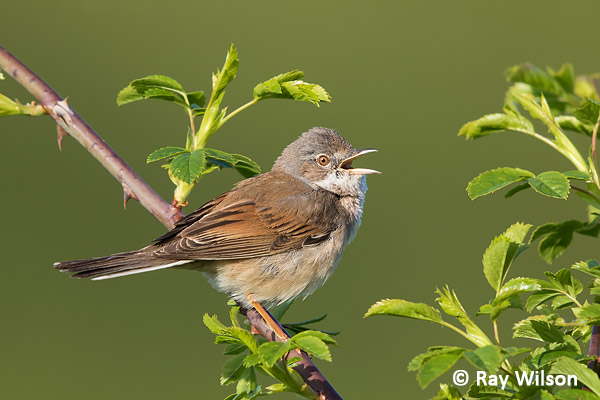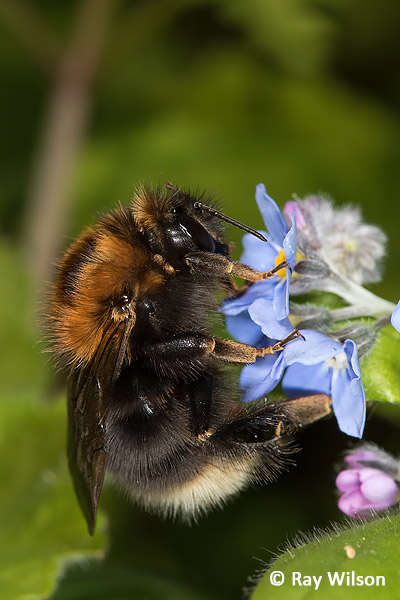
- Home
- Photography Tours
- Diary / Blog
- Galleries
- Foreign Trips
- Tasmania 2016
- NE Queensland 2016
- Western Alps 2016
- NE Spain 2016
- Australia's Wet Tropics 2015
- Australia's Top End 2015
- SW Australia 2015
- Switzerland 2015
- Andalucia 2015
- Belize 2015
- Australia 2014
- Switzerland 2014
- Belize 2014
- Bahama Islands 2014
- Switzerland 2013
- Ecuador 2012-2013
- Florida 2011-2012
- Vancouver Island 2011
- Australia 2010
- Peru 2008
- Bulgaria 2007
- Lesvos 2006
- California 2006
- New Zealand 2005
- Extremadura 2005
- Goa, India 2004
- The Gambia 2003
- About
April 2017
Nottinghamshire & North Wales
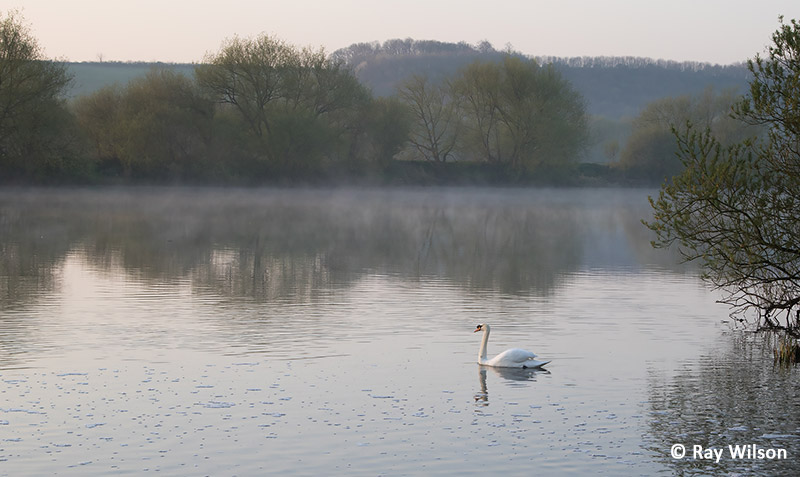
Mute Swan (Cygnus olor) on a misty River Trent at dawn
The weather was pretty good at the start of the month, so I spent quite a bit of time down on the reserve. It was pretty quiet for the first week or so as all the winter visitors had left and the summer migrants had yet to arrive, but at least the resident birds were all busy courting and nest building.
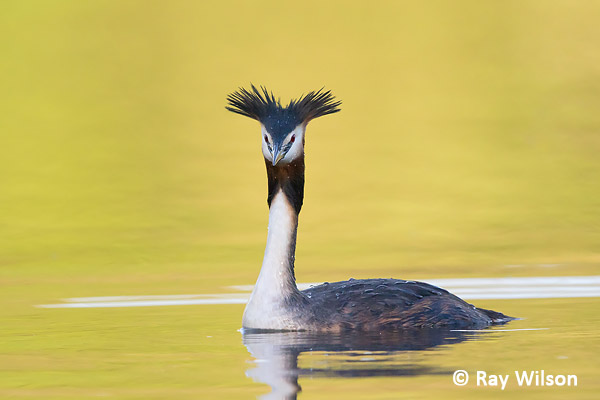
Great Crested Grebe (Podiceps cristatus)
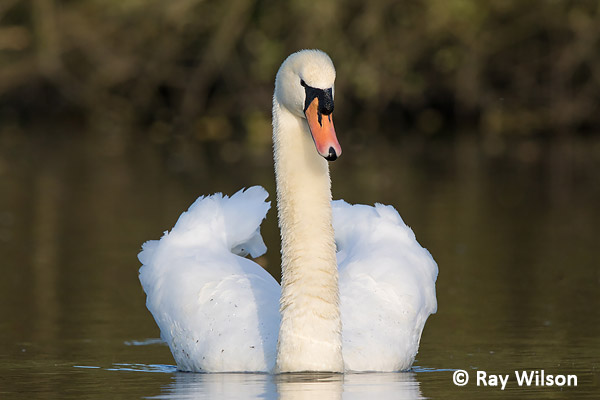
Mute Swan (Cygnus olor)
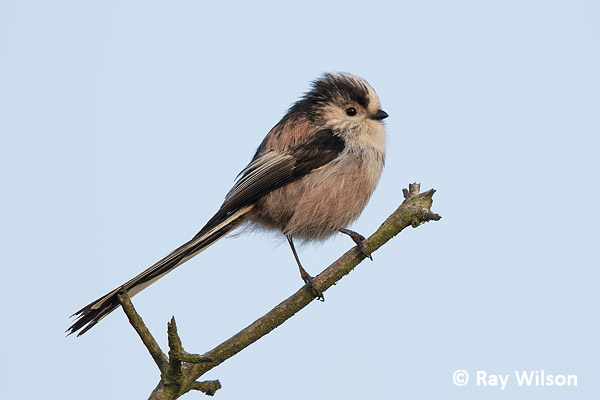
Long-tailed Tit (Aegithalos caudatus)
The resident, and usually very skulking and difficult to see, Cetti's Warblers become a bit more visible during April as the breeding season gets under way. If you are lucky, they may occasionally hop out onto an open perch for a couple of seconds, but most of the time remain hidden in dense cover and the only clue to their presence is their loud, explosive song.
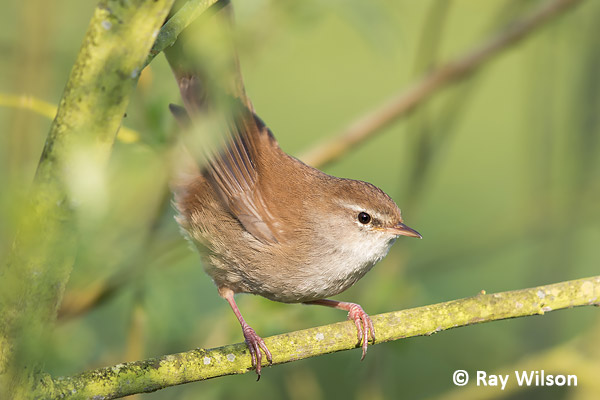
Cetti's Warbler (Cettia cetti)
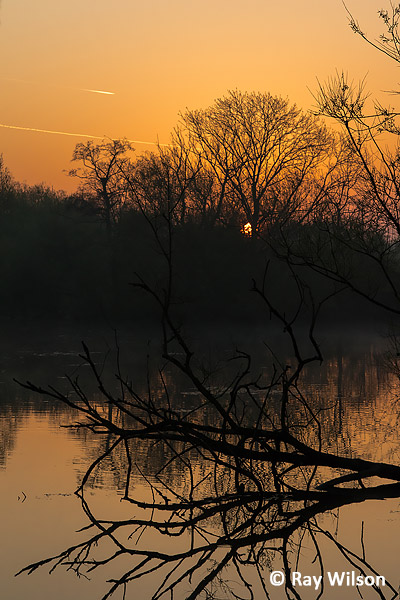 Sunrise at Attenborough |

Afon Idwal, Snowdonia National Park |
Towards the middle of the month I went back over again to Snowdonia for a few days. The weather forecast wasn't great, but that wasn't important as my target this time was mostly to search for some of the numerous evergreen ferns which grow in the steep, riverine woodlands. As it turned out the weather was much better than expected and I only got caught in one brief shower during the whole trip.
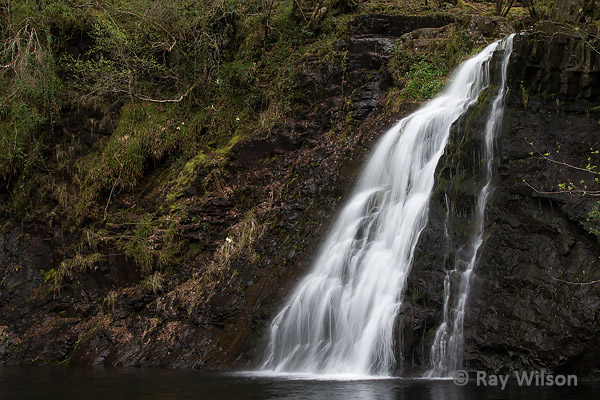
waterfall in Ceunant Llennyrch, Gwynedd, Wales
The damp climate of NW Wales provides a haven for bryophytes and lichens and the branches of the old oak trees in the steep river valleys are often carpeted with mosses.
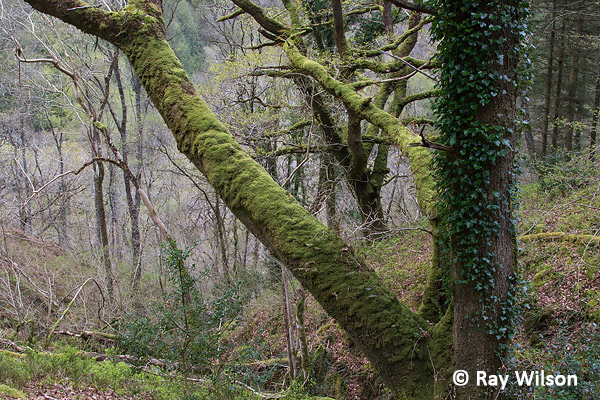
Riverine oak woodland, Snowdonia National Park
The small, delicate fronds of the rare Tunbridge Filmy-fern could easily be overlooked. They grow on shady, permanently damp, moss-covered rocks, banks and even tree trunks if the humidity is high enough.
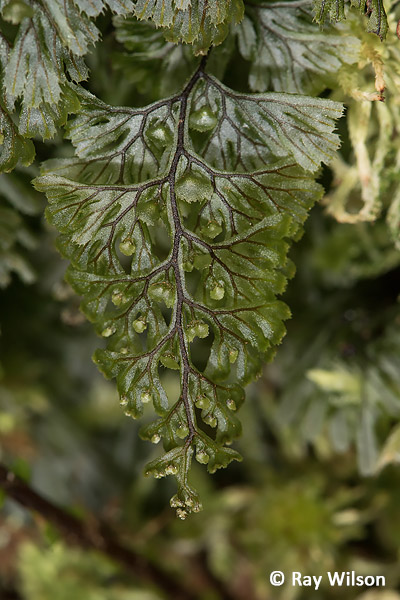
Tunbridge Filmy-fern (Hymenophyllum tunbrigense) |
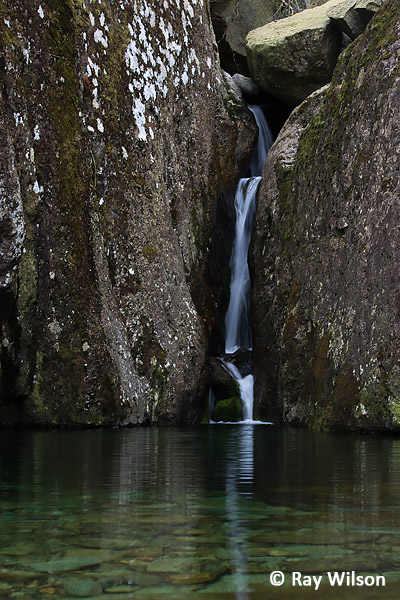
Snowdonia National Park |
One of the best habitats for finding a number of fern species is not a natural one, but the numerous dry-stone walls provide a perfect analogue of a stable scree slope and species such as Maidenhair Spleenwort and Common Polypody often grow abundantly out of the cracks in the walls.
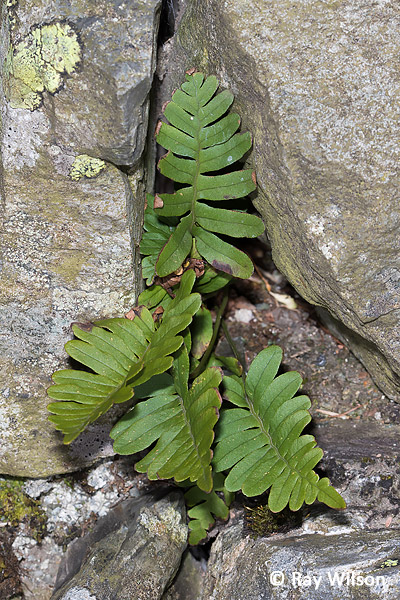
Common Polypody (Polypodium vulgare) |
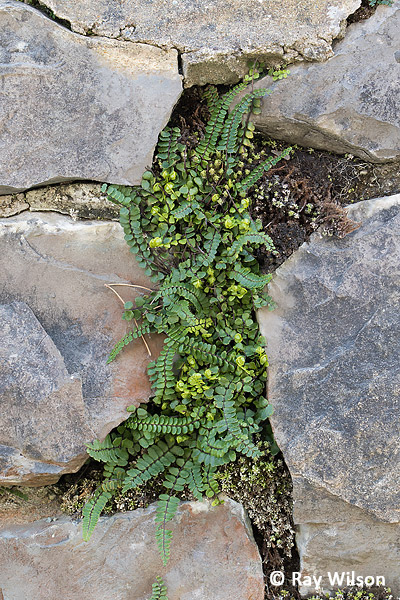
Maidenhair Spleenwort (Asplenium trichomanes) |
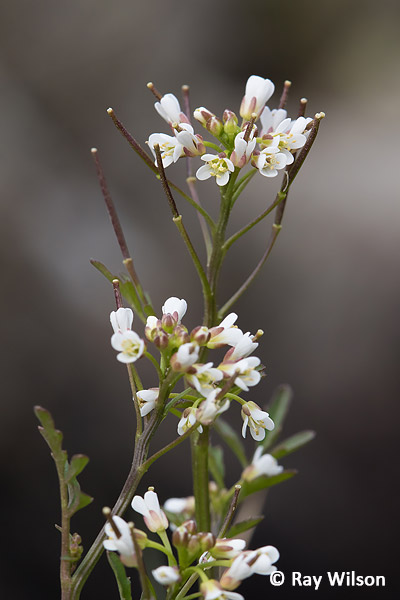
Wavy Bittercress (Cardamine flexuosa) |
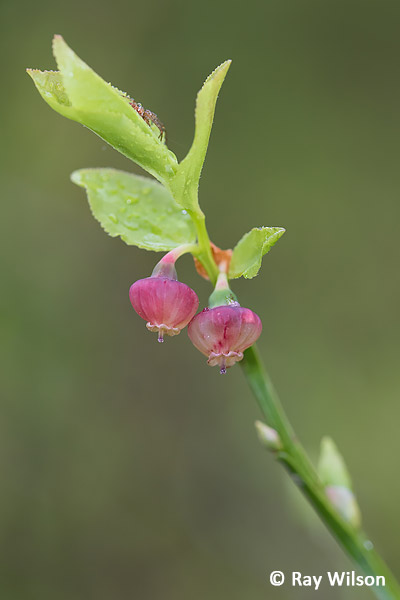
Bilberry (Vaccinium myrtillus) |
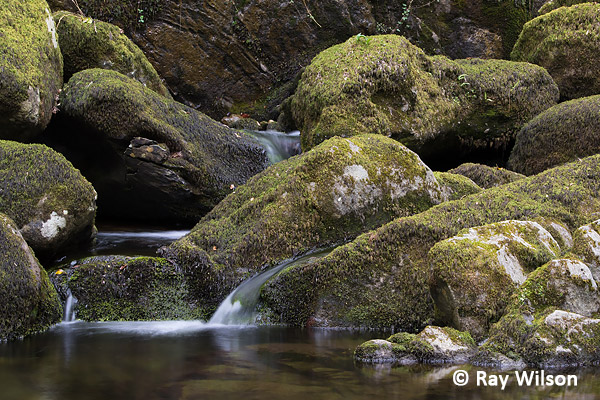
Snowdonia National Park
The rain clouds all seemed to be massing in the lower valley while the upper reaches were bathed in sunshine. No neutral density filters or photoshop manipulations were used here...this is exactly what it looked like to the naked eye.
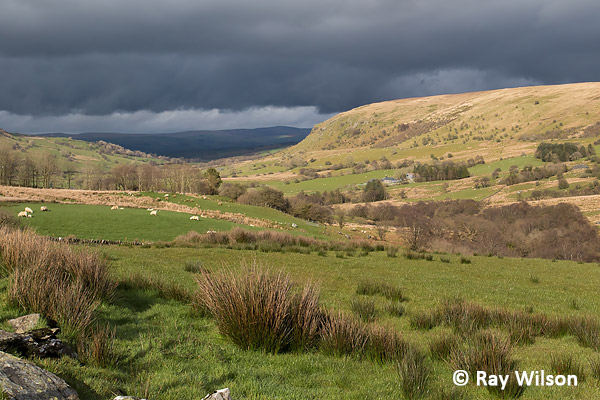
Upper Conwy valley, Snowdonia National Park
Back at Attenborough, many of the spring migrants had started arriving en masse. Late April is the best time for seeing the otherwise secretive and elusive Grasshopper Warbler as they often sing from the tops of bushes just after they arrive from Africa and are a bit more visible than usual when staking out their territorial claims.
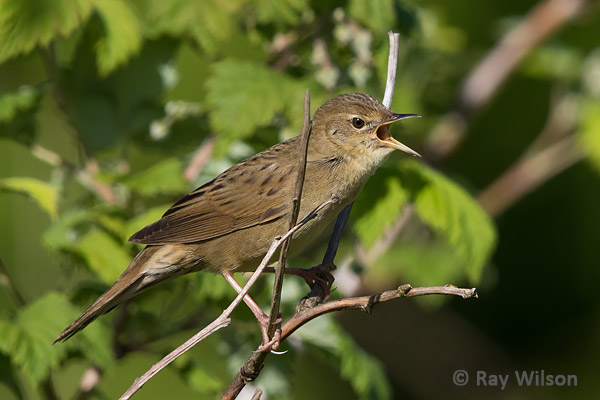
Grasshopper Warbler (Locustella naevia)
Grasshopper Warblers are hard birds for me to find as their high-pitched, insect-like, reeling call is above the range of my hearing and I have to rely 100% on my eyesight. Even when they are only a few metres away and obviously belting out a song, all I can hear is silence.
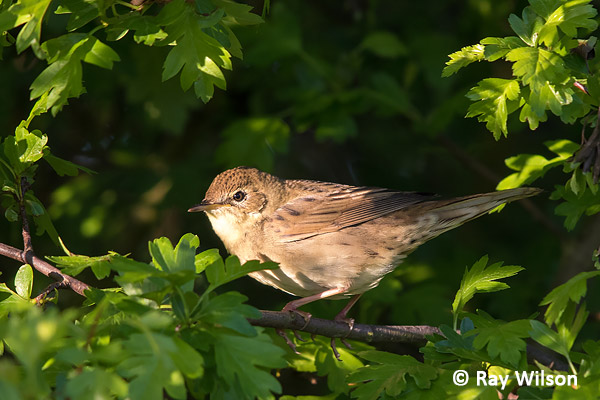
Grasshopper Warbler (Locustella naevia)
Common Whitethroat (Sylvia communis)
Common Whitethroat, Blackcap and Chiffchaff are all very common at Attenborough.
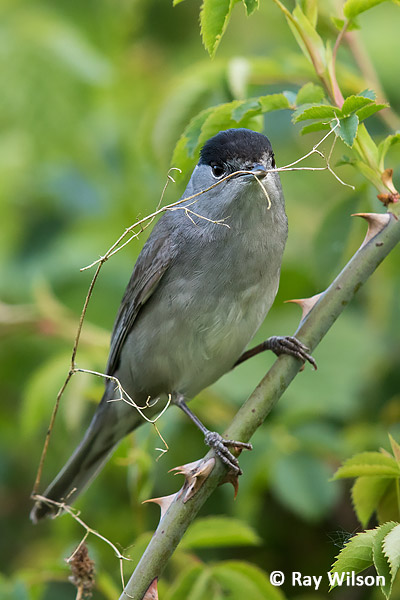
male Blackcap (Sylvia atricapilla) collecting nesting material |
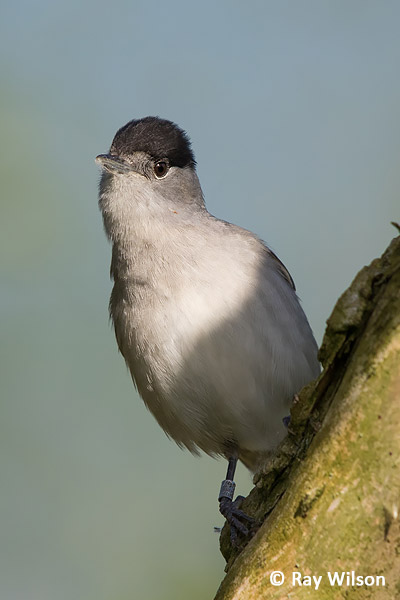
male Blackcap (Sylvia atricapilla) |
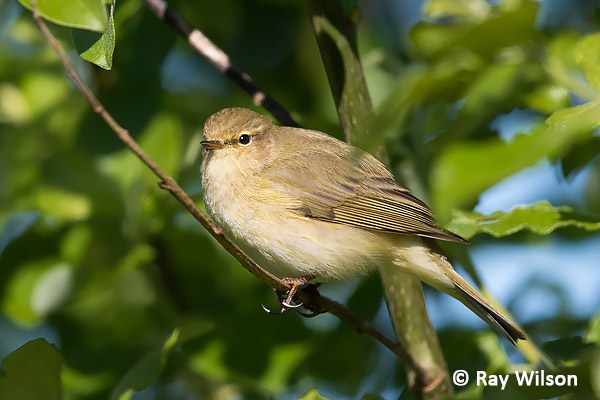
Common Chiffchaff (Phylloscopus collybita)
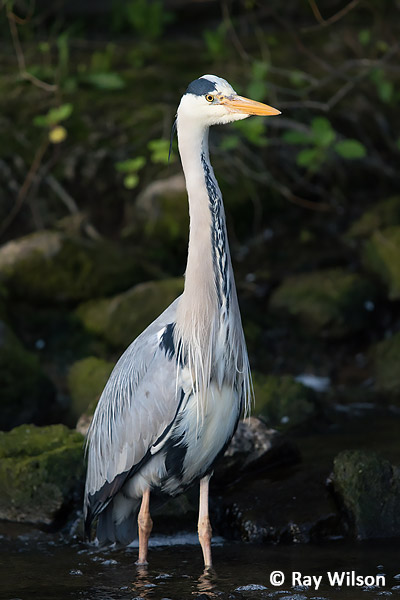
Grey Heron (Ardea cinerea)
Bombus hypnorum is a very recent colonist in Britain and was only first recorded in 2001. It has since spread at a remarkable rate and this distinctive bumblebee can now be found throughout most of England, Wales and southern Scotland and has been reported as far north as Mull in the western highlands.
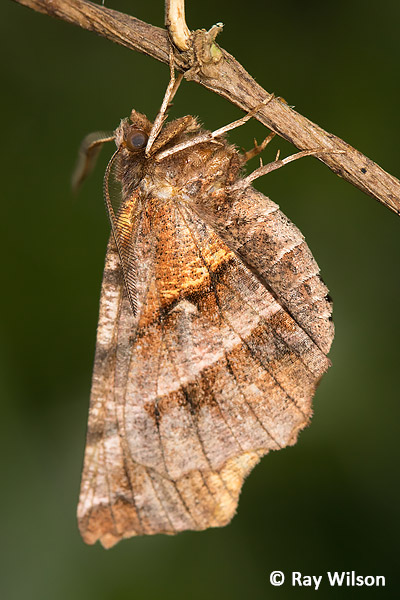
Early Thorn (Selenia dentaria) |
The nights remained fairly cold throughout the month so I didn't bother putting my moth trap out very often and when I did, the number of moths attracted to the MV light were unsurprisingly very low. Muslin Moth and Brindled Beauty were the most common of the 7 species recorded this month.
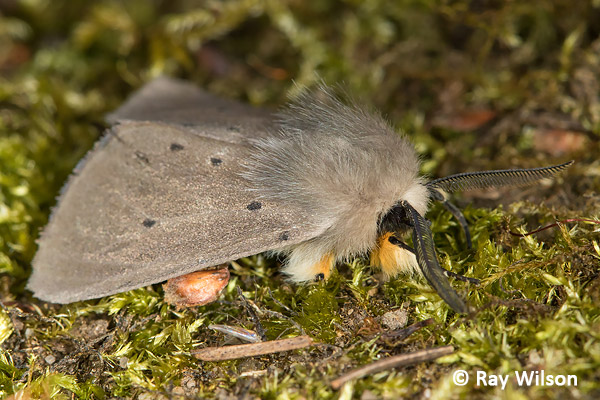
male Muslin Moth (Diaphora mendica)
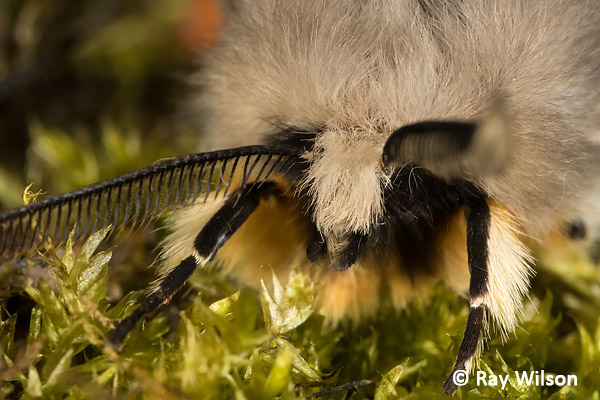
male Muslin Moth (Diaphora mendica)
The feathery antennae of male moths are incredibly sensitive sensory organs that are used to detect, and home in on, the location of female moths. It only requires the presence of a few individual molecules of female sex pheromone to trigger nerve "firing".
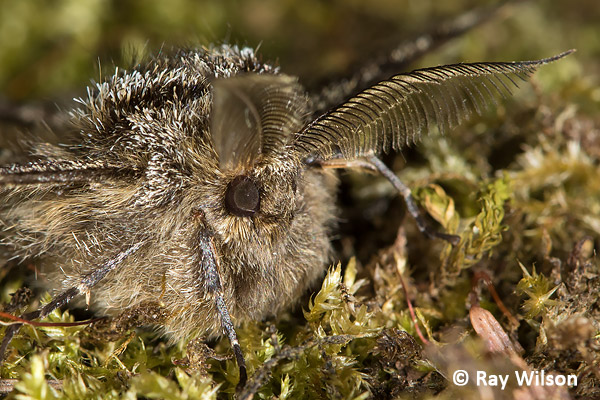
male Brindled Beauty (Lycia hirtaria)
Towards the end of the month, I went on an organised Badger-watching evening at Rutland Water. It's not ideal for photography as the site is only illuminated by a single red-filtered lamp, so if you want to take photographs you need to crank up the ISO to an insanely high degree (I was using ISO 16,000!) and even then shutter speeds were usually >0.2 seconds. I don't usually like going above ISO 1600 with the Canon 7D mkII as it gets a bit noisy above that but on this occasion I had no choice. Having to shoot through the glass window of the hide didn't help with the quality either...
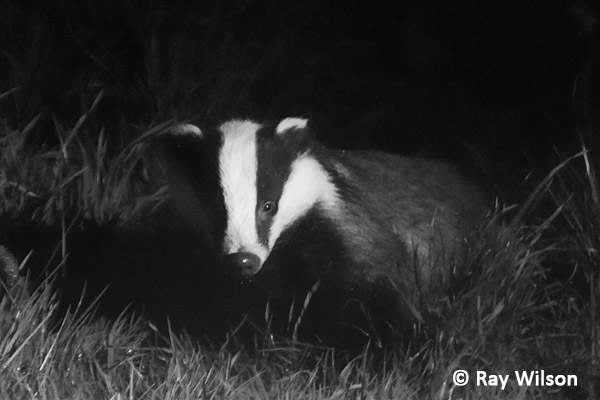
European Badger (Meles meles)
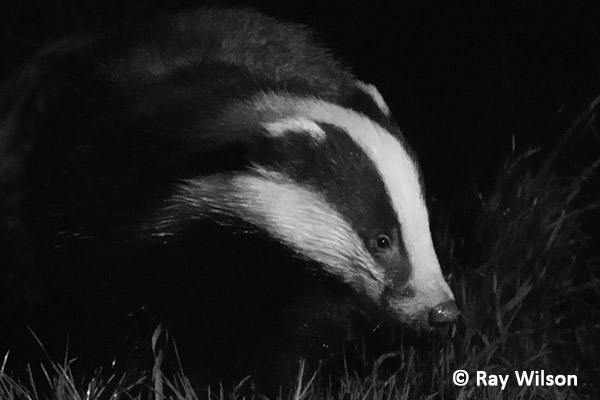
European Badger (Meles meles)
Ray Wilson owns the copyright of all images on this site.
They may not be used or copied in any form without prior written permission.
raywilsonphotography@googlemail.com
